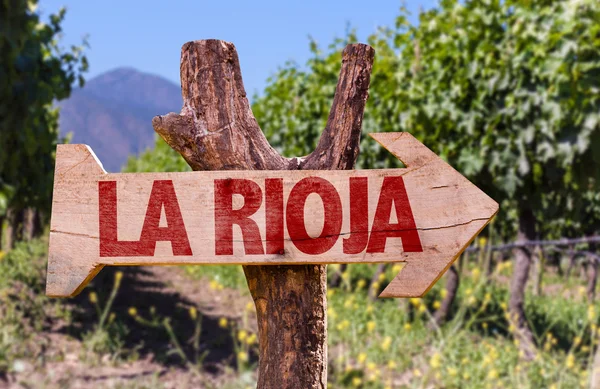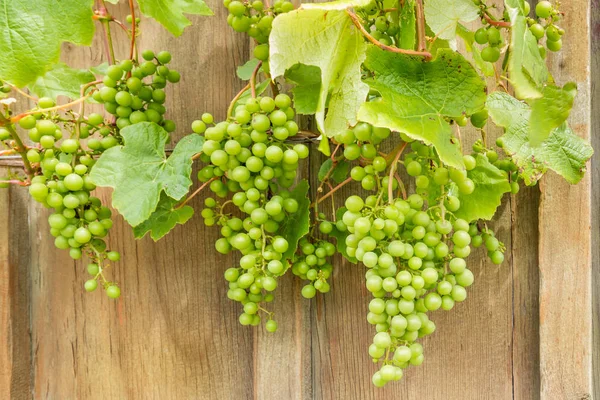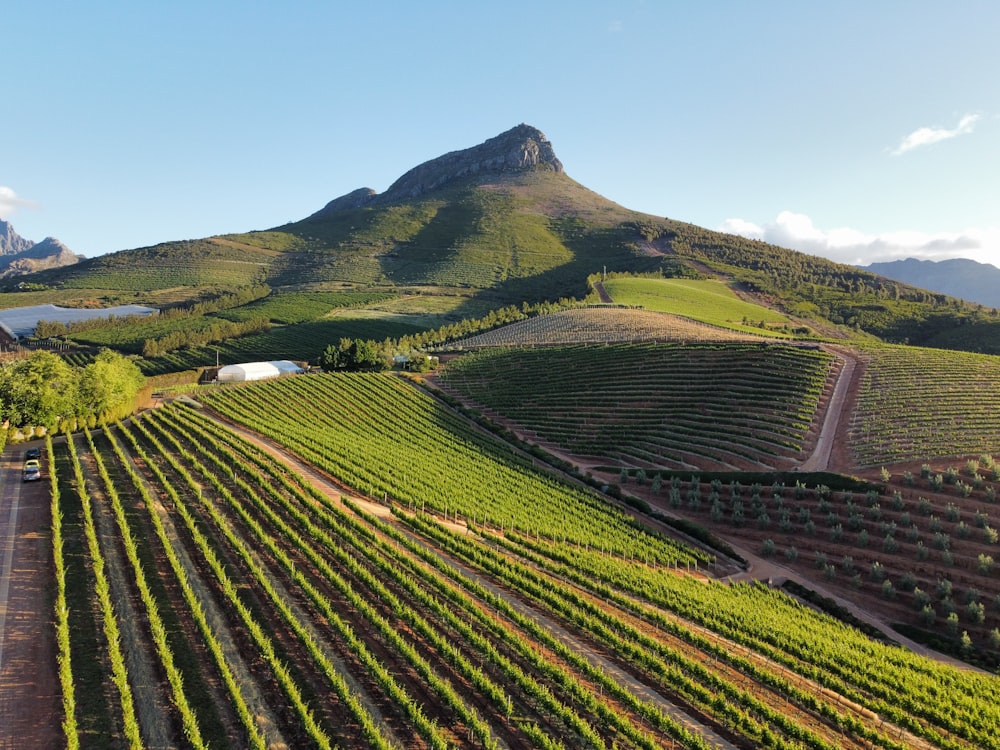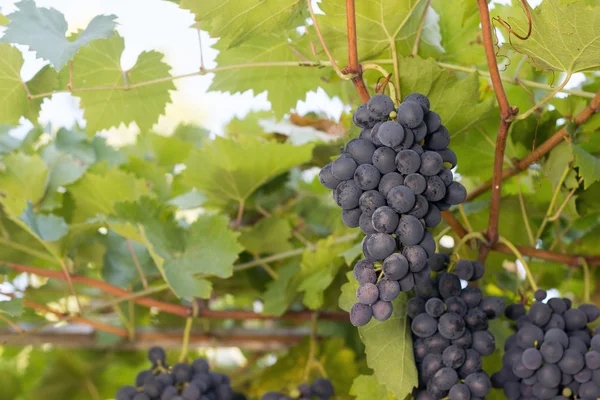Writing 52 posts a year, more or less, requires topics of interest to fill the space. There are always bits and pieces, some newsy, most just of general interest, that are better as short items. Here are some you may not have seen:
The Future of Wine:
I have been reading a flurry of articles that suggest we may be
entering a time of neo-prohibition. Chicken Little might not be saying the
sky is falling, but the message is concerning. According to one
article, the U.S. government, following the lead of anti-alcohol scare
mongers, is on the verge of changing U.S. Dietary Guidelines by 2025 to
say that all alcohol is bad for you. The World Health Organization made
a similar claim in 2023. The fear is that the government is being
pressured by temperance groups that are saying don't drink, period. If
you enjoy the occasional glass of wine, you should be concerned. I'm
monitoring the issue and will let you know if there's anything new.
Inter-Country Cooperation: British Columbia, Canada's western wine province, was hard hit by a deep freeze and wild fires in 2023 that decimated much of the region's wine grape crop. Across the border in Washington state, wineries are dealing with a grape glut. So, the Washington State Department of Agriculture arranged a program to supply BC wineries with grapes, all they need to do is declare the exact tonnage needed. The choices are any of 10 white grapes, including Chardonnay and Sauvignon Blanc and 12 reds, including Cabernet Sauvignon, Pinot Noir and Syrah. And, according to WSDA, it will all be done with an absence of red tape.
The Latest on Malbec: There is new interest in Malbec, one of five grapes that make up the Bordeaux blend, due in large part to its success in Argentina. Recently, scientists have been busy in Argentina, Germany and Spain decoding the genome of Malbec. Project Iberogen looked at genetic material of Mercier clone 136, developed in Argentina, resulting in a promise for new life for the variety, while forecasting an increase in grape quality and wine.
Albarino in Lodi: Albarino is the super-star of Spanish white wine, no mean feat considering the worldwide obsession with Chardonnay. Randy Caparoso, reporting on the popularity of Albarino for Lodi Wine Growers, says there are more producers of Albarino in Lodi than there are brands of Chardonnay, Sauvignon Blanc and Pinot Gris. Albarino does well in Lodi because of the California region's dry Mediterranean climate. Caparoso recommends these Albarinos from three of Lodi's seven sub-regions: Klinker Brick Winery, Mokelumne River; Lewis Grace Winery, Alta Mesa; Bokisch Vineyards, Clements Hills.
White Pinot Noir: Sonoma magazine suggests that its readers, damn the price, and embrace White Pinot Noir. In a short article on the new wine, Sarah Doyle explains that pigment-rich Pinot Noir skins are separated, making a white wine with "a refreshing acidity that works well with many foods." These four Wine Pinot Noirs and their lofty prices were included: Emeritus Vineyards, $44; Maggy Hawk, $60; Waits-Mast, $42; Schug Estate,$46.
Do Old Vines Make a Difference? In a word: yes. But defining old vine is hard, since there is no official definition. However, the accepted minimum age, at least in the United States, is 50 years. South Africa's "Old Vine Project" stipulates a 35 year minimum. Australia, with one of the largest number of old vines in the world, lays out four levels in its "Old Vine Charter:" Old Vine, 35 years; Survivor, 70; Centenarian, 100 and Ancestor, 125 years minimum. Winemakers believe that old vine wines have deeper color, more complex aroma and concentrated flavors.
A Different Screwcap for Every Wine:
A group of closure firms has sponsored a recent study that sheds new light
on the question of using screwcaps for all styles of wine, in particular
high-end, high-priced wines. Sarah Neish, in The Drinks Business, said
the study found that different wines are better suited to different
wine styles, as determined by the phenolic composition of the wine. Consumers seem to be unconvinced, showing a preference for natural cork closures.
No-alcohol Alsatian Vin: A recent article in the Wine Spectator, by Suzanne Mustacich, reports that the venerable Alsace winery, Famille Hugel, is making a no-alcohol Riesling called "0.0." Mon dieu! Could this traditional winery in eastern France, that has been making wine for centuries, be about to alter tradition? Not really. The 13th generation prankster, Jean-Frederic Hugel, was making a little April Fool's joke, quipping, "the best non-alcoholic beverage is water."
Bordeaux Two Buck Chuck: French grape growers in the Gironde are fuming over the sale of a Bordeaux wine at super market giant Carrefour, for 1.66 Euros (that's $1.81). According to a growers union rep, Carrefour sells a bottle of Coca-Cola for E1.85 ($2.01) and water, not from Alsace, for E2 ($2.17). That's a better price than Two Buck Chuck, which no longer sells for two bucks!
Next post: Alexander Valley Cabernet Sauvignon
Email me at boydvino707@gmail.com





